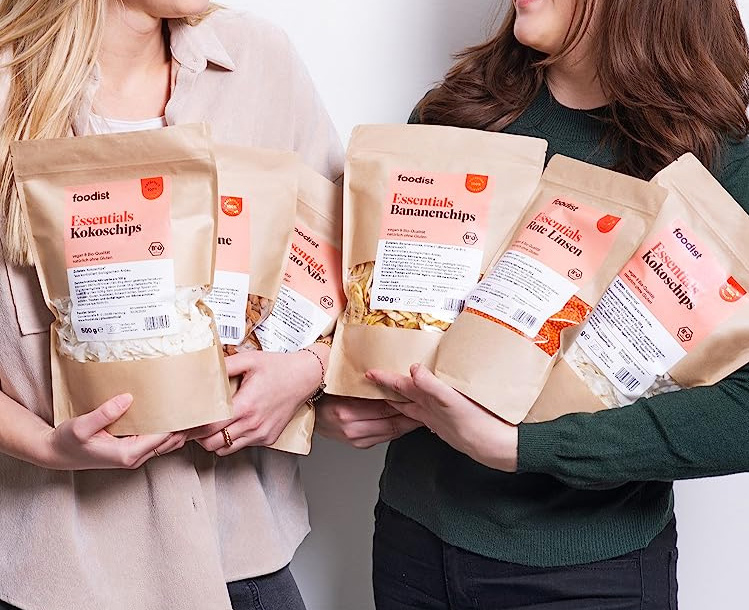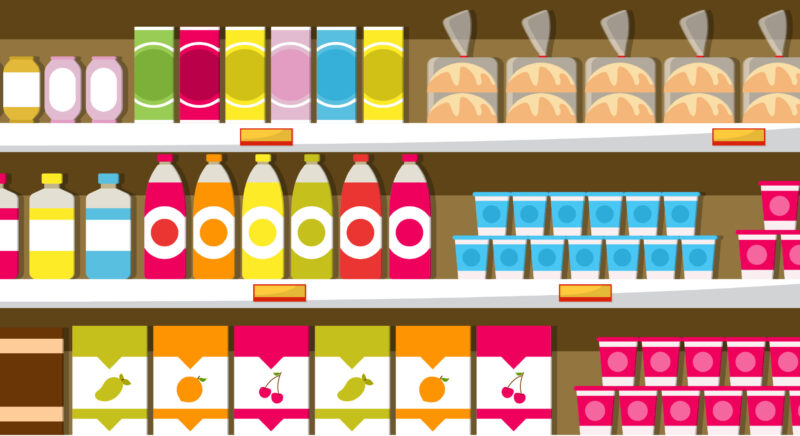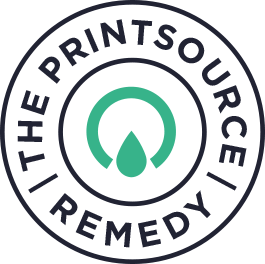In the ever-evolving landscape of consumer consciousness, the demand for sustainable practices has reached a crescendo. For scale-up food brands, this presents a unique challenge: striking the delicate balance between effective packaging and minimising waste. As consumers scrutinise the environmental impact of their choices, finding innovative solutions to reduce packaging waste becomes not just a preference but a necessity.
1. The Minimalist Approach
Less is often more. Scale-up food brands can embrace minimalist packaging designs that prioritise essential information and functionality. Streamlining the packaging not only reduces waste but also presents a clean and contemporary image. It’s a visual declaration that the brand values simplicity and sustainability.
2. Eco-Friendly Materials
The choice of materials is at the heart of waste reduction. Opting for eco-friendly alternatives, such as compostable or biodegradable materials, can significantly decrease the environmental footprint of packaging. Communicating this choice to consumers fosters trust and aligns with the values of the environmentally conscious market.
3. Smart Portioning
Precision in packaging is a strategic move. By optimising portion sizes and packaging dimensions, scale-up food brands can minimise excess material usage. This not only reduces waste but also contributes to a more efficient use of resources, benefiting both the environment and the brand’s operational efficiency.
4. Recyclable Packaging
Championing recyclability is a powerful step towards waste reduction. Choosing materials that are widely recyclable ensures that consumers can easily dispose of the packaging responsibly. Clear labeling and educational messaging on the packaging guide consumers on the proper disposal methods, creating a cycle of sustainability.
5. Refillable and Reusable Packaging Models
Break away from the traditional single-use model. Introducing refillable or reusable packaging options encourages consumers to actively participate in waste reduction. Brands can create loyalty programs or incentives for customers who opt for these sustainable alternatives, turning environmental responsibility into a rewarding experience.

See how we helped German based scale up Foodist
6. Innovative Designs for Upcycling
Turn packaging into a second life. Scale-up food brands can explore innovative packaging designs that encourage upcycling. Whether it’s transforming a box into a storage container or repurposing a jar into a candle holder, these creative solutions not only reduce waste but also add value to the consumer experience.
7. Collaborations for Circular Economy
Engage in partnerships that promote a circular economy. Collaborate with recycling initiatives or participate in packaging take-back programs. This not only aligns the brand with larger sustainability efforts but also demonstrates a commitment to responsible waste management.
In conclusion, waste reduction is not just a responsibility; it’s an opportunity for scale-up food brands to showcase their commitment to a sustainable future. By adopting innovative packaging strategies, choosing eco-friendly materials, and involving consumers in the process, these brands can not only minimise their environmental impact but also resonate more deeply with the growing eco-conscious consumer base. It’s a journey towards not just packaging products but packaging a promise of a greener tomorrow.




